Over a decade ago, California pushed the United States forward when it became the first state to ban single-use plastic bags. This move brought in a wave of anti-plastic legislation across the country.
However, these aggressive laws in California have backfired. Material recovery facilities and environmental activists noticed a negative trend in the state, and California lawmakers are trying to fight back.
California Was Revolutionary With Its Plastic Ban

California has several laws in place to combat plastic use. Laws banning specific plastic items like straws and plastic bags, along with regulations established for producers and packaging, aimed to limit and decrease the amount of plastic waste generated in the state.
While the state has some of the most ambitious plastic laws in the U.S., the state is facing challenges in achieving some of its plastic reduction goals.
The State’s Plastic Problem Gets Worse
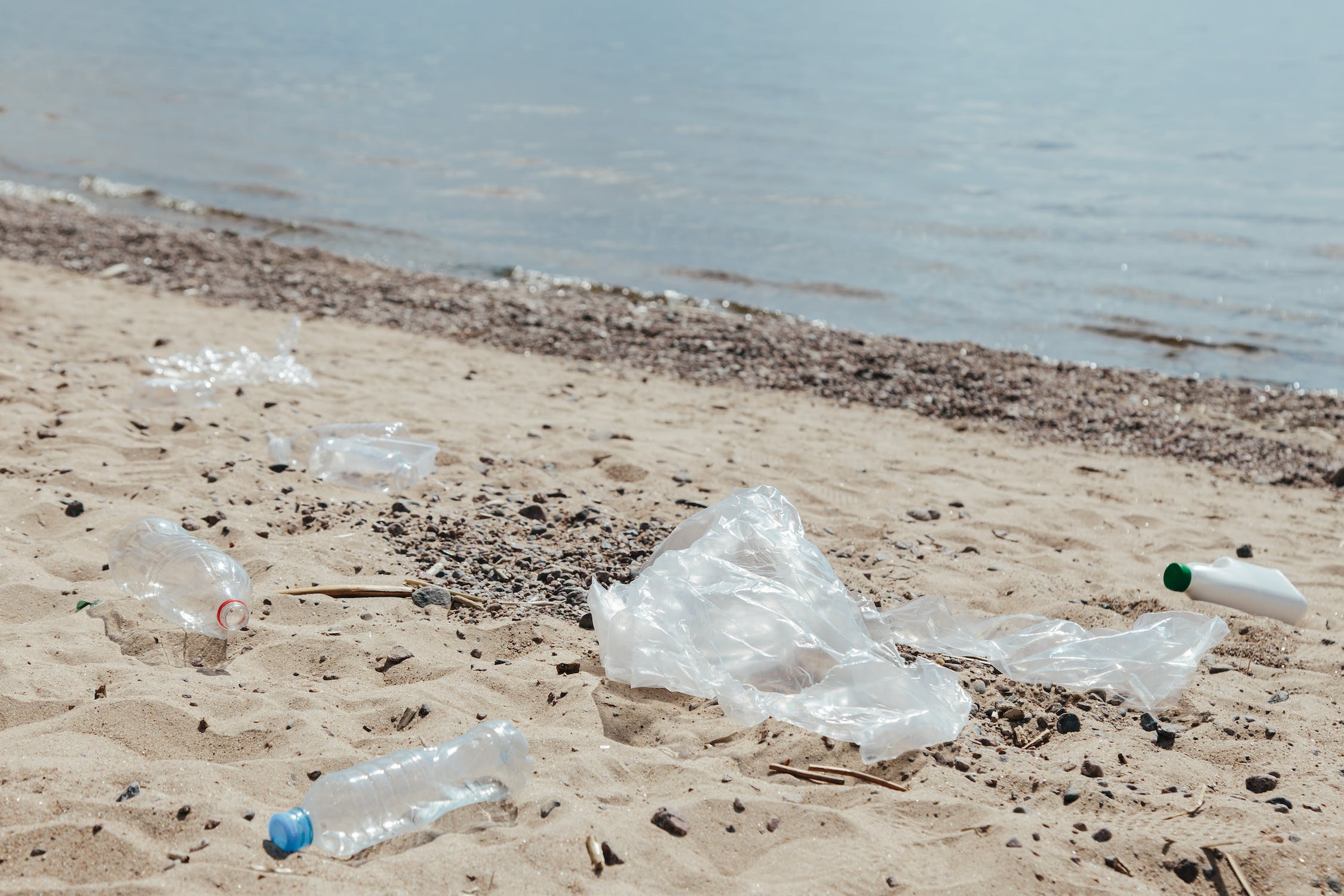
According to a report from CALPIRG, a consumer advocacy group, California discarded 157,385 tons of plastic bag waste during the year the law was passed. However, this number skyrocketed by 2022.
In 2022, that number jumped to 231,072 plastic bag waste. That is a 47 percent jump in just several years. Why did that number spike?
The Main Cause of the Problem

Even with a population increase in the state since 2014, the number of plastic waste per person has increased significantly. The number was 4.08 tons per 1,000 people in 2014. Now, the average per 1,000 people is 5.89 tons.
Despite having the stiffest plastic regulations in the US, why is California witnessing a worsening plastic pollution problem? The problem is that grocery stores and large retailers are providing thicker, heavier-weight plastic bags for the price of a dime.
A Bad Habit Turns Deadly
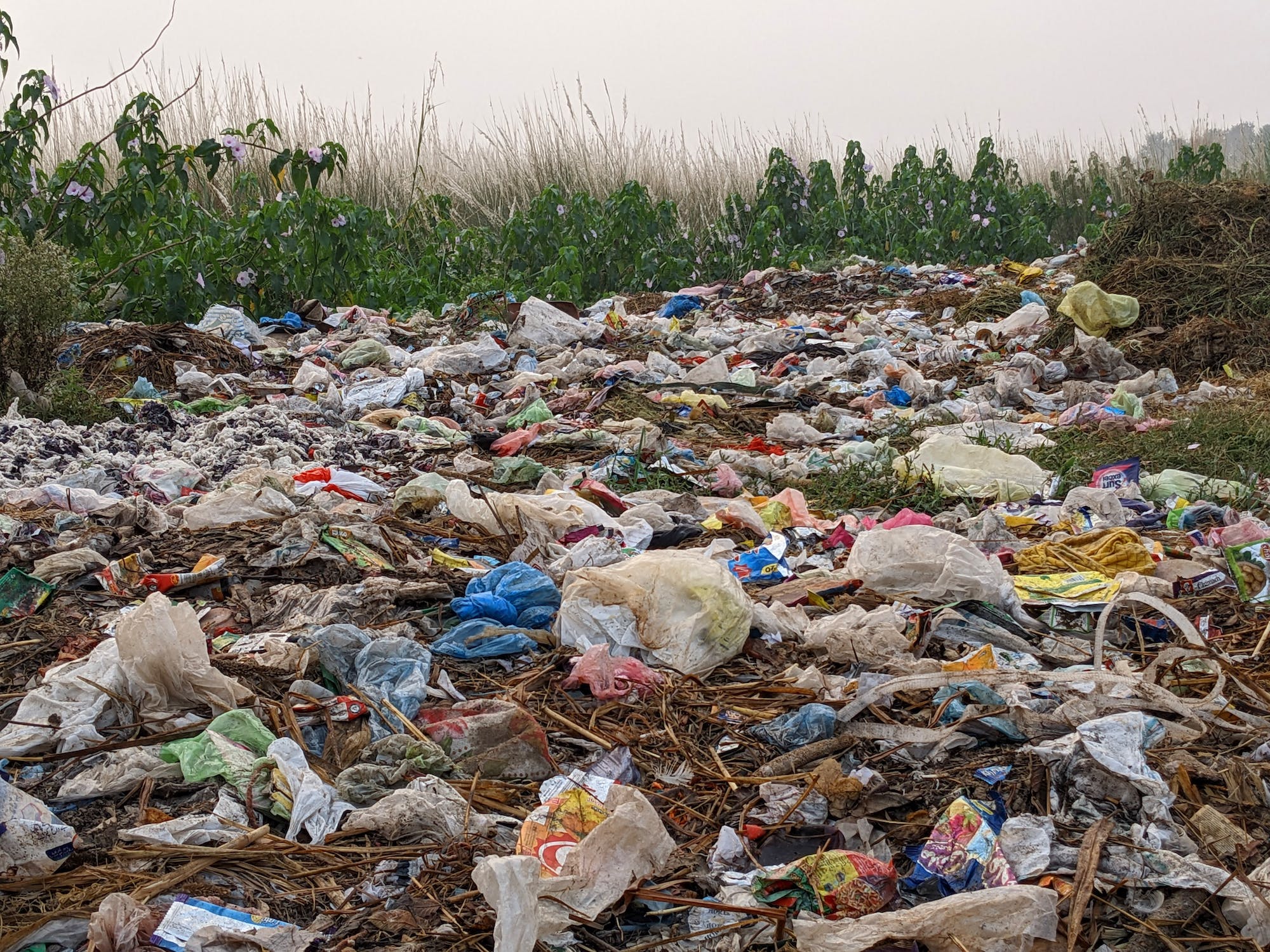
Most Californians have all been there before: they either forgot our reusable bags at home or didn’t bring enough bags to the store, so they purchased a bag for a dime. Sometimes, the cashier is kind and doesn’t charge for the bag.
But what happens after? Does that mistake turn into a bad habit? Who cares if the bag costs a dime? It turns out that this bad habit is turning into an environmental crisis.
These Bags Are Reusable and Recyclable
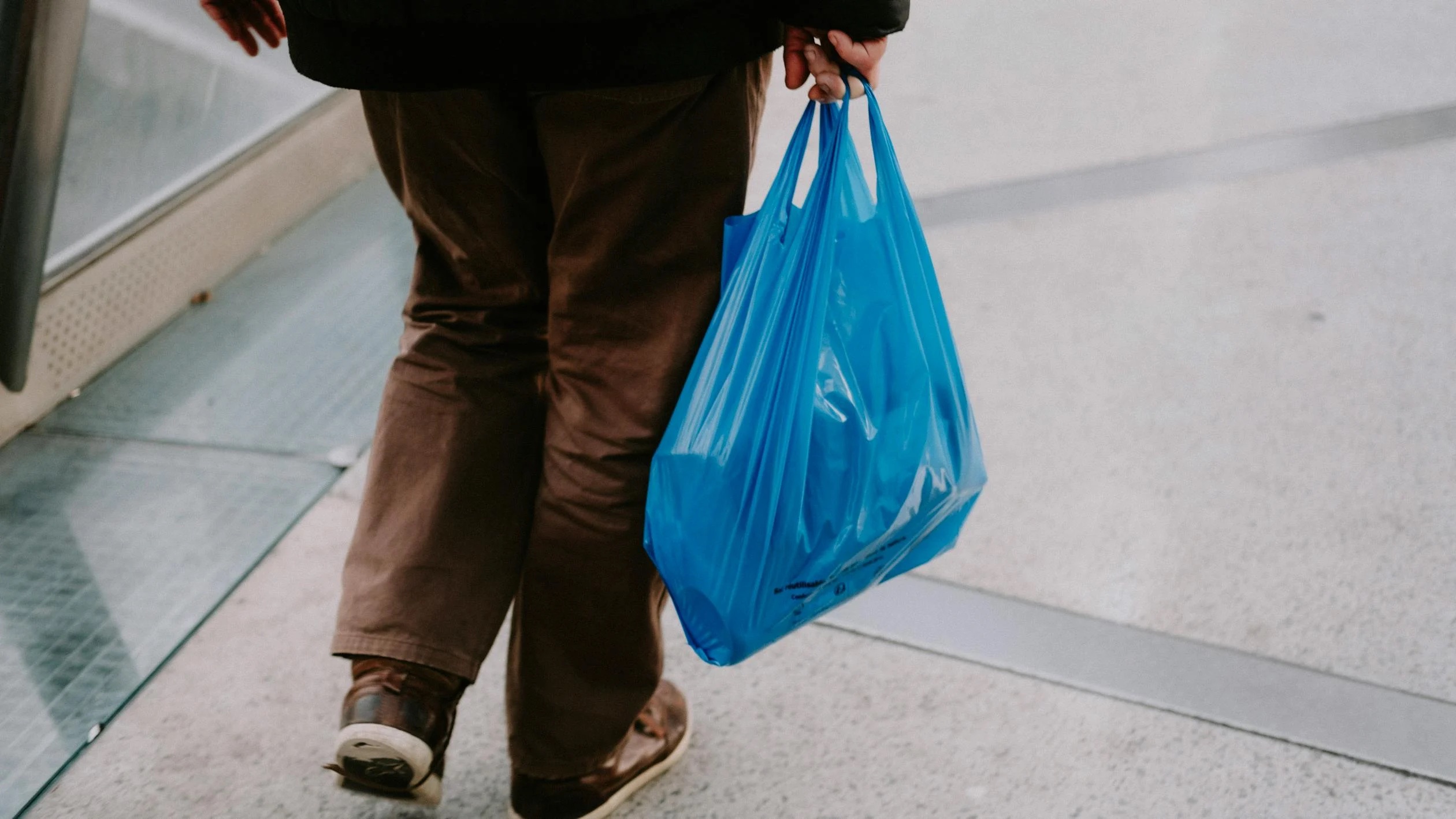
“It was a conscious decision to create a pathway for a type of reusable bag that barely existed,” Mark Murray, director of Californians Against Waste, tells the Los Angeles Times. “It was just emerging in the marketplace, but it happened to be made by a couple of California companies … which the manufacturers claimed they could certify as being reusable.”
Murray claims the bags contain 20% recycled materials, while manufacturers tout their reusability as the reason they were exempt from California’s new plastic bag regulations.
Why Are These Bags a Problem?
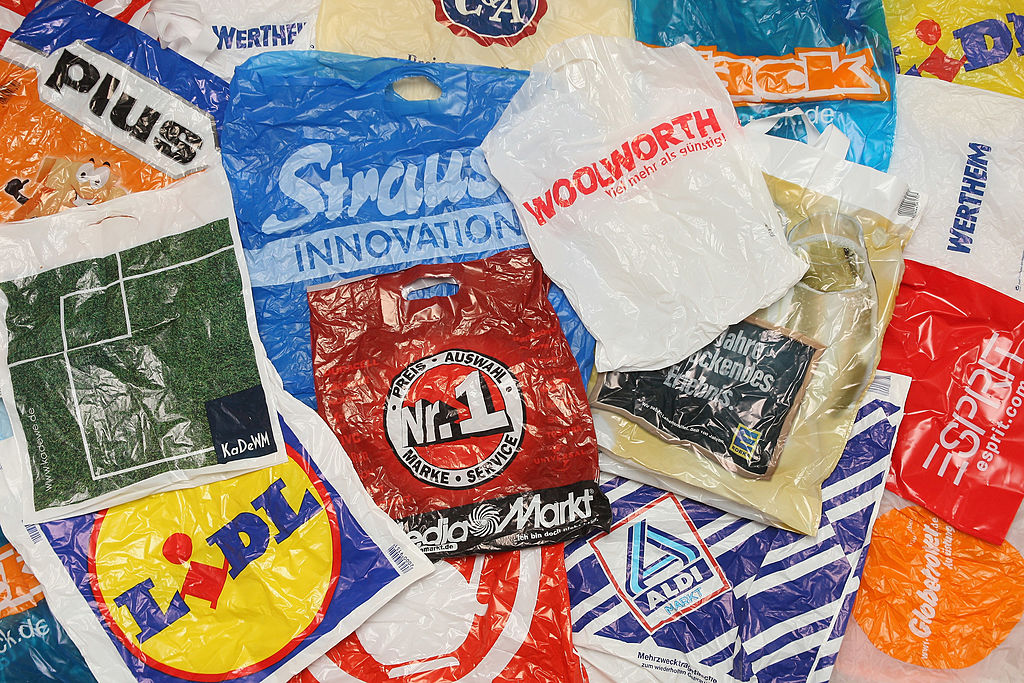
However, this experiment failed. Consumers are not reusing these bags. Instead of being reused, the thicker plastic bags are discarded, causing more harm than good.
“Basically what happened is that plastic bag companies invented these thicker plastic bags that technically meet that definition of reusable but are clearly not being reused and don’t look like reusable bags and which just circumvent the law’s intent,” Jenn Engstrom, CALPIRG’S state director, says to the LA Times.
Does Anyone Reuse These Heavier Bags?

SB 270, a law backed by Mark Gold, Director of Water Scarcity Solutions at the Natural Resources Defense Council, enabled the creation of these thicker plastic bags.
Made from recyclable materials, these “reusable” bags often find themselves recycled after serving their purpose. However, residential and consumer areas are not throwing these bags away in their blue bins, according to Murray.
Redefining Reusable Bags

California legislators are trying to find a new way to get residents and consumers to stop contributing to the growing plastic waste problem suffocating the state. Officials are closing the loophole that enables checkout distribution of these bag.
“The idea is to go back and redefine reusable bags as a way to get rid of all those setbacks that we’re now seeing very commonly in grocery stores,” says Engstrom to the LA Times.
The Problem With Plastics
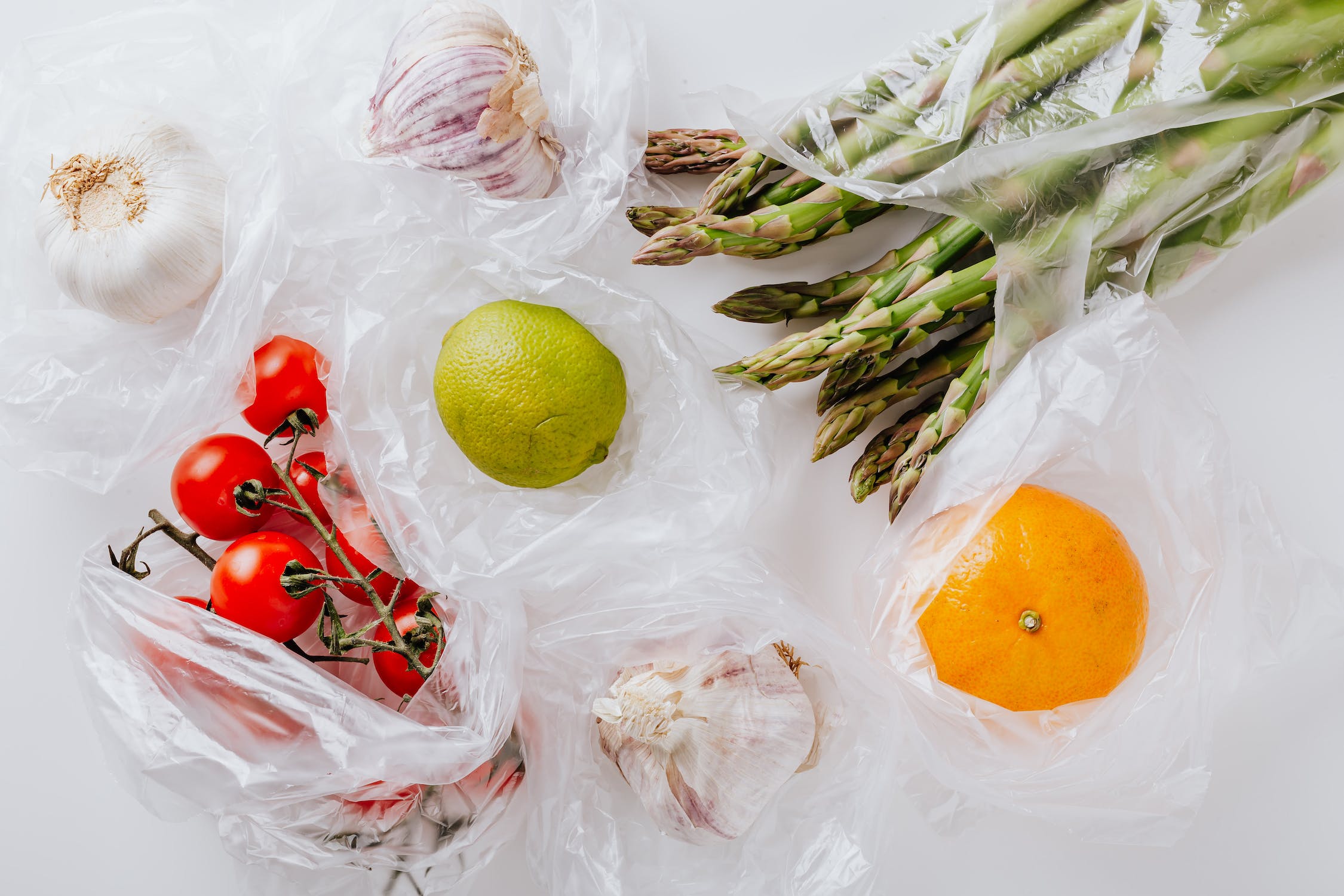
Plastic has been a growing problem across the globe. Scientists have found plastic everywhere from the deepest parts of the ocean to the highest mountain peaks. Most plastics, especially petroleum-based plastics, are not biodegradable and will break down into microplastics, microfibers, and nanoplastics.
Researchers now find these bits of plastic in household dust, drinking water, and human tissue. At its worst, plastics, which carry chemicals and heavy metals, can infect animals and people with diseases and various illnesses. However, plastic bags are not the most toxic thing at your favorite stores.
Closing the Loophole
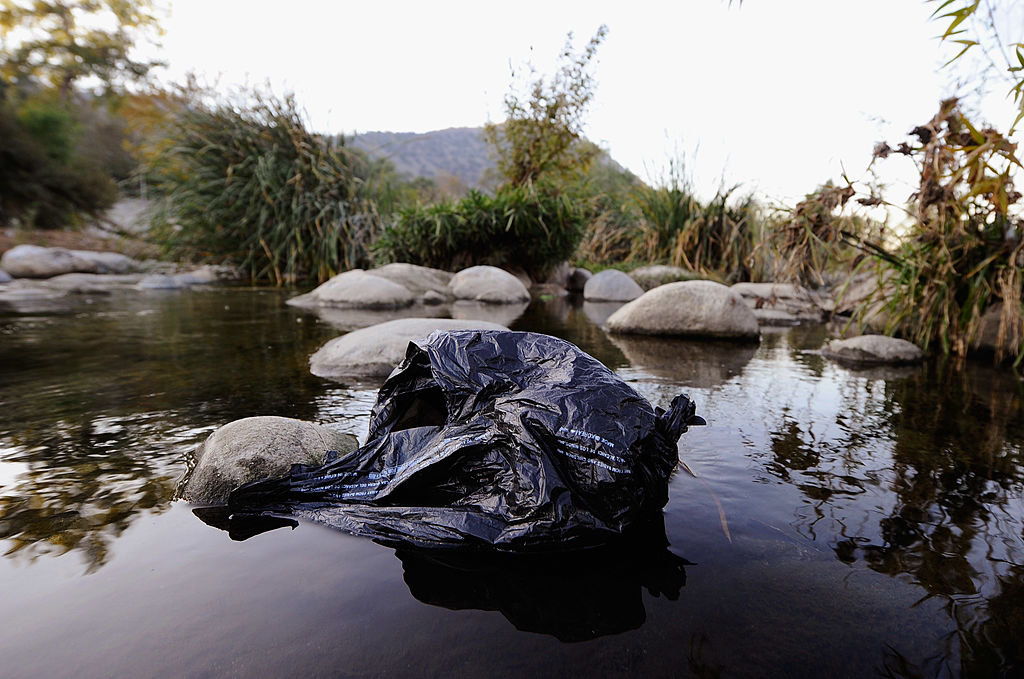
Sen. Ben Allen recently told reports that thick plastic bags are “not what consumers demanded when they overwhelmingly voted to support California’s bag ban at the ballot box when the policy was challenged,” referencing Proposition 67, a 2016 ballot measure that would have negated the 2014 law.
Allen, Assemblymember Rebecca Bauer-Kahan (D-Orinda), and Sen. Catherine Blakespear (D-Encinitas) co-authored the proposed legislation.
No More Single-Use Plastic By 2028

The new legislation would phase out single-use plastics through the Extended Producer Responsibility policy. This new policy concept would shift the waste from consumers, towns, and cities to companies manufacturing products with environmental impacts.
While the legislation will implement other actions to fight plastic waste, the law hopes to see 30 percent of plastic items sold, distributed, or imported into the state be recyclable by 2028.
